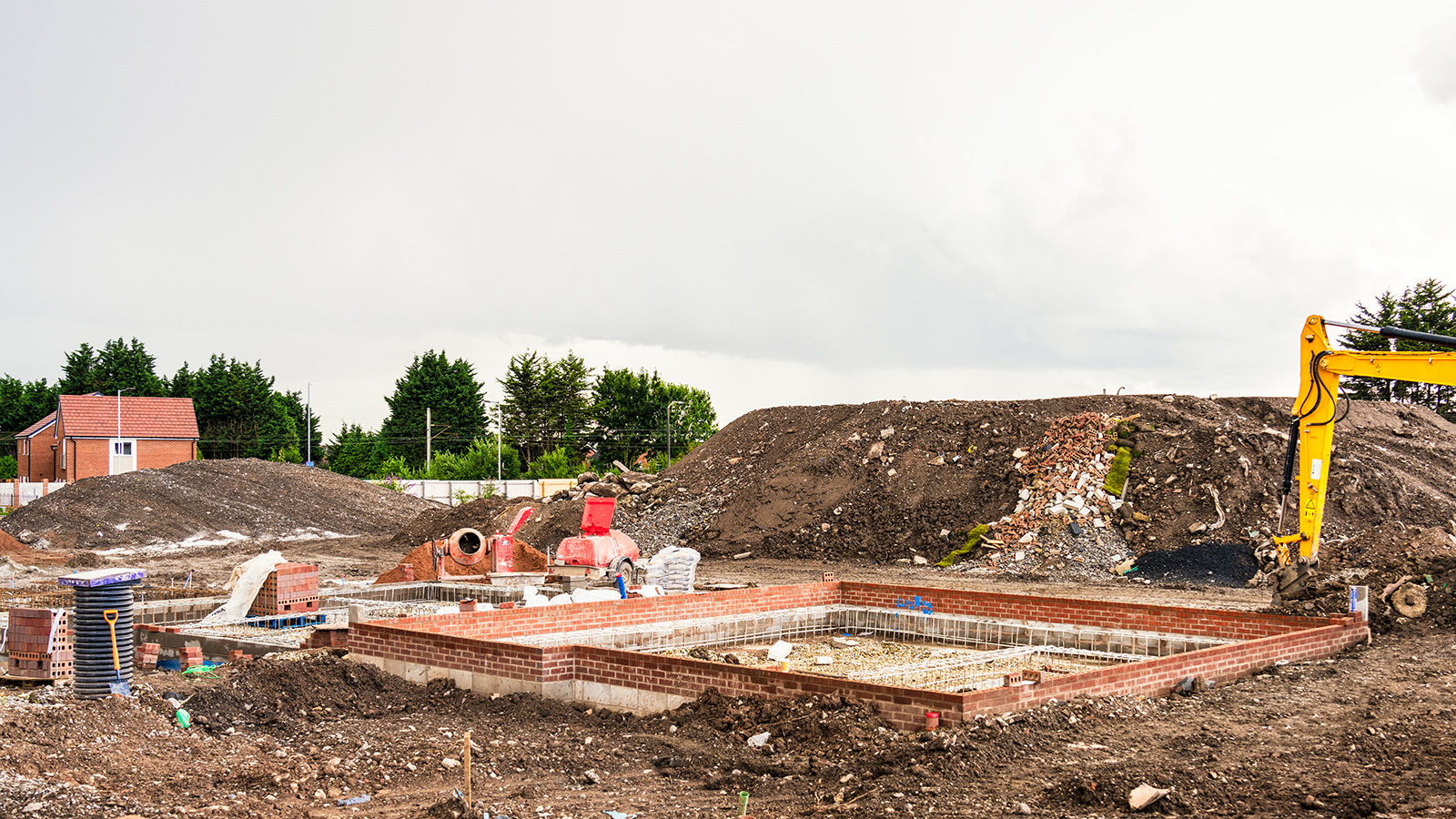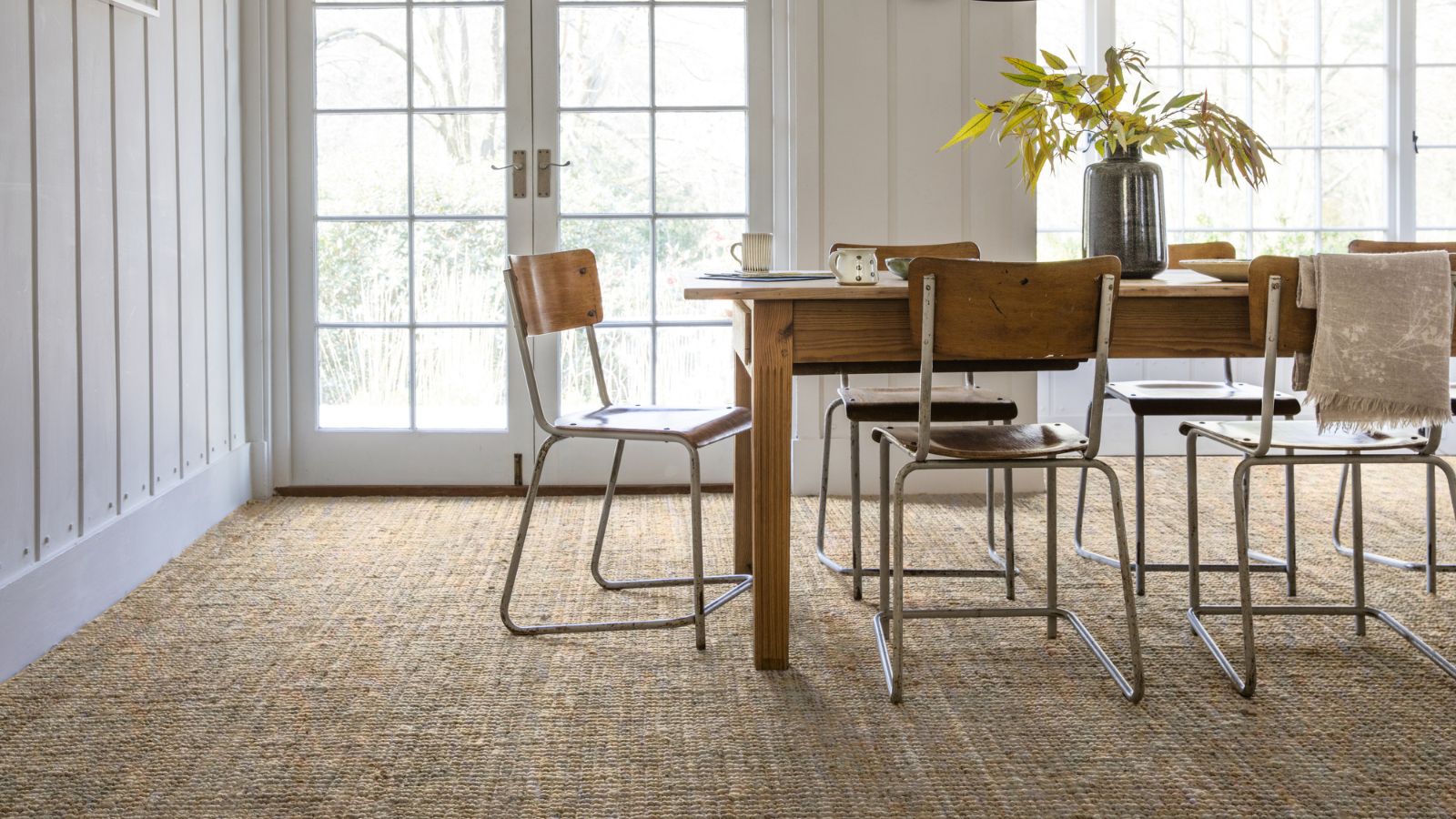What are pad foundations, why are they used and what do they cost?
Foundations are an essential element of any building project. Here, architect Ninian MacQueen explains what pad foundations are, where they should (and shouldn't) be used and how much they are likely to cost

Foundations are a crucial part of most structural systems, as they support the weight of the building acting upon it. The main job of a foundation is therefore to transfer that imposed structural load into the surrounding ground as efficiently and evenly as possible. The type of ground surrounding the proposed development, or more specifically its ‘load bearing capacity’, will affect what foundation systems will be selected by the design team and then built by the contractor.
Each foundation type has a small range of advantages and drawbacks, which make them better at negating the potential for settlement or subsidence in different ground conditions. It is therefore very important to the success of a building project to choose the most appropriate foundation type as early on in a project as possible.
Your design team and contractor should utilise a combination of their own experience, as well as the use of geotechnical surveys, to best understand the characteristics or makeup of the local ground condition.
Here, we take a look at pad foundations and explain why and where they should be used, as well as how much they are likely to cost.
What are pad foundations?
Pad foundations are classed as a type of shallow foundation because they sit relatively close to the surface, however if the ground is of a low quality then they can be installed at a deeper depth of up to say three metres by groundworkers, where the ground will be denser and therefore more stable.
They usually take the form of either square or circular ‘pads’ of concrete that sit directly beneath point loads, such as columns or other structures including ground beams. This load is then ‘spread’ from the pad into the layers of soil and rock that make up the ground beneath the building.
The shape in plan of the pad is selected so as to work more efficiently with the type of structural load imposed upon it. For example a circular column might result in a circular pad. The pad foundation is usually flat or of a uniform thickness, but occasionally where the site or proposed building demands, they might be stepped.
Bring your dream home to life with expert advice, how to guides and design inspiration. Sign up for our newsletter and get two free tickets to a Homebuilding & Renovating Show near you.
Types of pad foundations
There are a few different sub categories of pad foundations and these are sometimes installed together in combinations and at varying depths.
Plain concrete pad foundations: These don't use reinforcement and are therefore only really suitable for lighter loads — these are often known as footings as they sit at the base or ‘foot’ of a column or other point load.
Reinforced: As with most other foundation types, such as strip foundations, pad foundations can also be reinforced with a metal cage composed of appropriately sized steel rebar. Rebar is a shorthand name for steel ‘reinforcing bar’, which is a device used to add tension to a foundation increasing its durability avoiding significant cracking that might otherwise cause the foundation to fail. This rebar should always be designed and specified by a qualified and experienced structural engineer.
Combined column pad foundations: These are large enough to support two columns that are placed relatively close to each other. They are usually rectangular and symmetrical when looked at in plan so as to work with the columns in a balanced manner.
Continuous pad foundations: Where numerous columns are spaced closely together in a linear fashion, they are often placed upon a beam like pad foundation, referred to as ‘continuous pads’. The reinforcement passes through the full length of the pad foundation adding an extra layer of stiffness helping to reduce the effects of differential settlement. This is where one part of the ground supporting the foundation moves faster than another area of the ground beneath the foundation. The Leaning Tower of Pisa is a very famous example of this.
Pad foundations can also be used in combination with ground beams, which help add a layer of stability to the overall foundation system as it is all tied together more securely reducing the negative effect of any potential movement in the ground.
Why would you use pad foundations?
Pad foundations are best suited to building projects where the imposed loads are quite low, such as a shed type structure used in a warehouse or other industrial building projects often with a large roof span. For example, raft foundations would be unsuitable for this type of project due to the large amount of concrete required.
As pad foundations can usually work effectively when installed relatively close to the surface they usually don't require much excavation to install, which can be an advantage in terms of cost and time on site.
What are the disadvantages of pad foundations?
Pad foundations are, by definition, disconnected from each other - when a ground beam has not been used as part of the foundation system - and can be quite large, so they can be prone to moving in the ground and can even be affected negatively by the wind load acting on the building above. The ground might even start trying to push individual pads upward towards the surface, as the ground becomes harder or softer when affected by the ever changing moisture content in the surrounding layers of soil. They are not always the best foundations for difficult sites.
How much do pad foundations cost?
As with all the previous foundation costs I have discussed so far in this series, the relative cost for pad foundations are affected by a number of factors — the location and type of project through to the contractor selected to deliver the installation of the final scheme. Pad foundations are fairly uncomplicated and as such sit at the lower end of the affordability scale as they are fairly inexpensive to install when compared with other foundation types. An experienced cost consultant and contractor would be able to advise on a square-mate rate and as always a structural engineer must always be appointed to design and specify the foundation before any building work – or planning permission – can progress.

Ninian MacQueen is an ARB registered, and RIBA chartered, architect. He studied at the Mackintosh School of Architecture in Glasgow, before completing his ‘Part 3’ at the Bartlett School of Architecture in London. He worked for four Stirling Prize winners – including Richard Rogers, Norman Foster and AHMM architects – as well as smaller firms, before starting his own private practice: Borderland Studio. His designs have contributed to super tall towers, city master plans, infrastructure projects, and many others in countries such as India, Russia, China, Nigeria, Canada and the UK.
